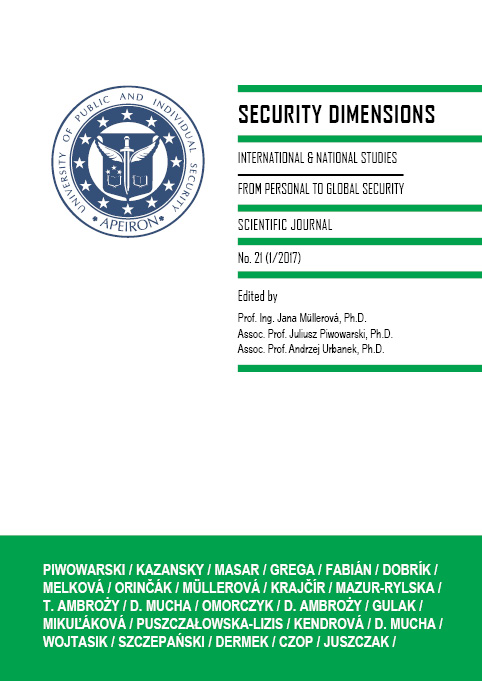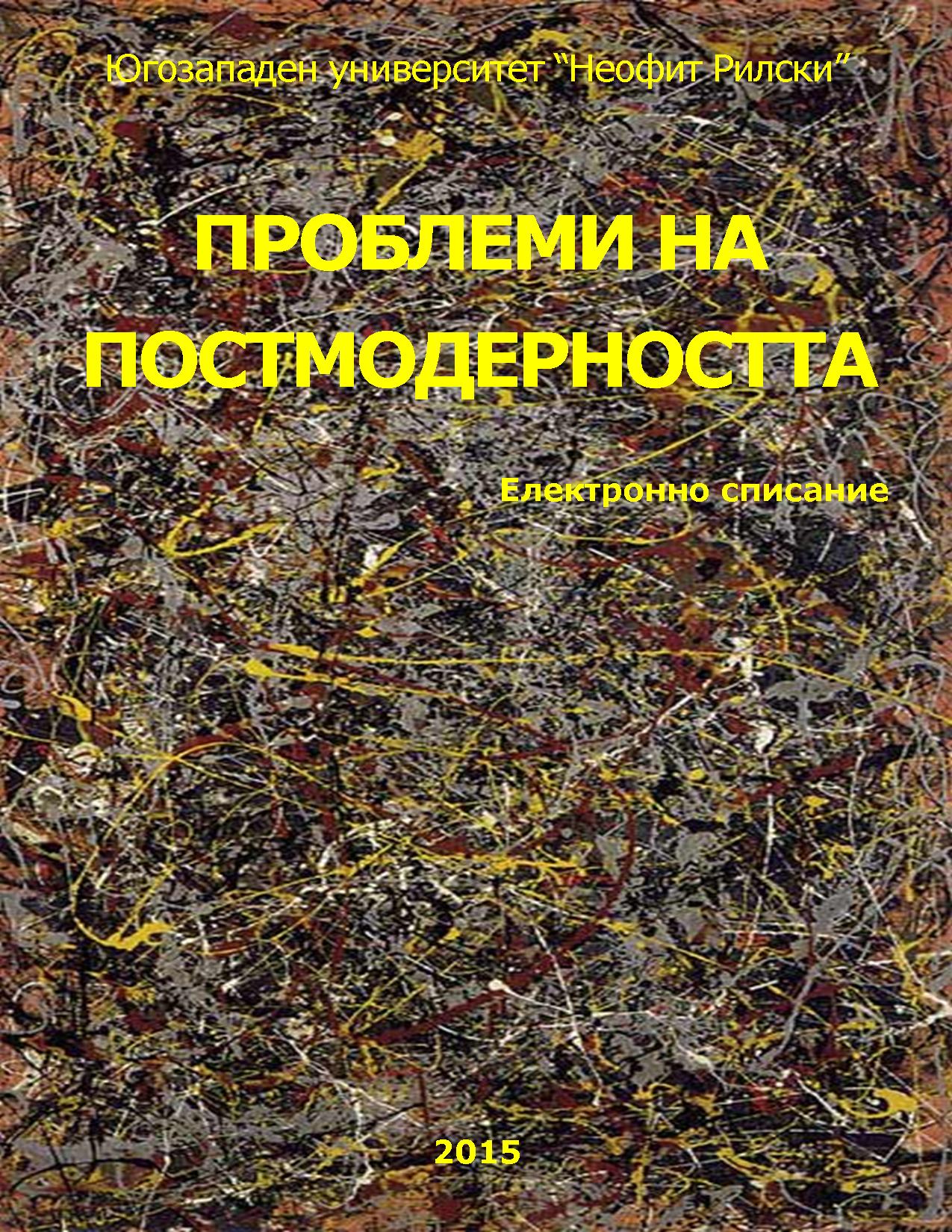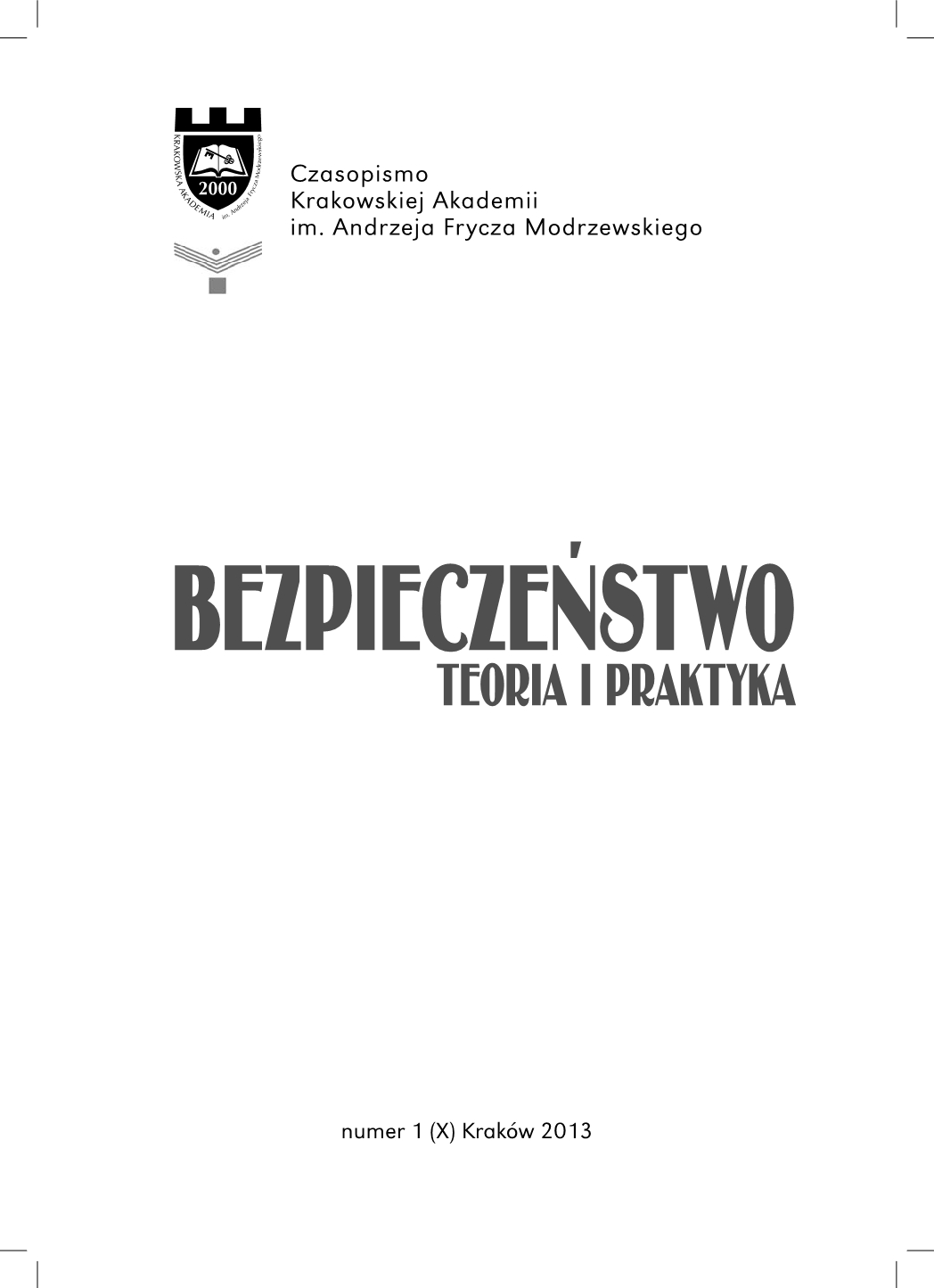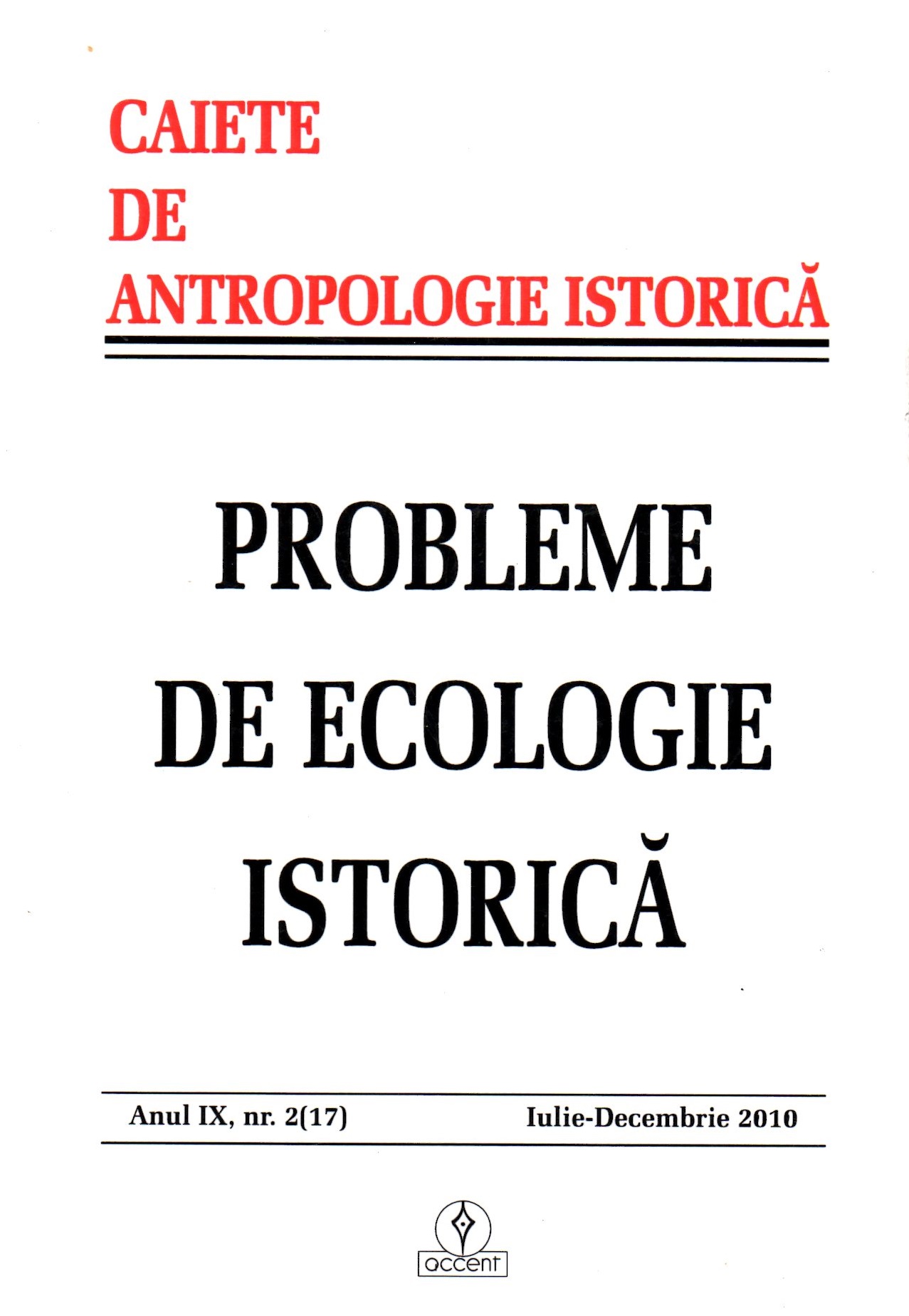Author(s): V. V. Lavrov,O. I. Blinkova,N. V. Miroshnyk,Т. О. Grabovska / Language(s): Ukrainian
Issue: 2/2016
The problem of anthropogenic degradation of rivers is usually marked by its multi-sectoral and often international character as well by the large number of sources of environmental threat. Therefore, its solution requires a systematic approach based on transparent and coordinated interagency and international cooperation. The River Dnieper in Ukraine has undergone a remarkable transformation as a result of the construction of a cascade of reservoirs. Anthropogenic damage to the plants and soil that cover its basin have caused damage to the functioning of ecological regimes of the Dnieper’s tributaries. Small and medium-sized rivers are dying. In this article, attention is paid to a typical middle-sized (164 km) river of the Dnieper Basin, the Tyasmyn. Its middle and lower parts are located in the over transformed Irdyn-Tyasmyn valley. During the last glaciation it formed the central part of the right arm of the ancientDnieper. Regulation of the Tyasmyn runoff, pollution, the creation of the Kremenchug reservoir on the Dnieper, grazing and recreational load have led to the threat of the river degrading. Therefore, the aim of this article is to characterize the structure of the herbaceous vegetation in the central and lower parts of the Tyasmyn valley and assess the level of its dependence on anthropogenic changes in the conditions of the ecotypes. The methods used are: retrospective and system analysis, comparative ecology (ecological profile or transect), botanic methods, phytoindication, the mapping method and mathematical statistics. The features of changes in environmental conditions of eco types of the river valley have been shown through systematic, biomorphological, ecomorphic structure of the herbaceous cover, the ratio of ecological groups and changes in types of ecological strategy of species, phytodiversity. We found 89 species of vascular plants. The most diverse families were Asteraceae, Poaceae and Lamiaceae. The biomorphological range of phytodiversity of the Tyasmyn valley is characterized by a high proportion of adventive and ruderal species, dominance of vegetative mobile species and disturbed distribution of all spectrum types for coenotic morphs. Depletion of the floristic composition and formation of monodominant groups in the middle of the valley were found. The overall measure of phytodiversity reached its maximum in the areas furthest from the mouth of the valley, lower towards the valley mouth and lowest in the area of pasture and recreational digression. Perennial hemicryptophytes and therophytes dominate the spectrum of life forms. Herbaceous plants without rosettes prevailed in the structure of above ground shoots and placement of leaves, while plants without special adaptations prevail in the structure of underground shoots. In the hydromorph structure with increasing distance from the mouth of the river there is a tendency for the share of hydrophytes, subhydrophytes to fall and, conversely, that of submesophytes to increase. Hygromesophytes and mesophytes prevail almost everywhere. Changes in the acidomorphic and nitromorphic structure of plants were not found. Semieutrophes, hemieurytopic, hemistenotopic plants and types of transitional groups of ecological strategies, including CR-, CS-, and CRS-strategies prevail. Vegetation of middle and lower flow of the river Tyasmyn degrades at stages II–IV of anthropogenic transformation.
More...




